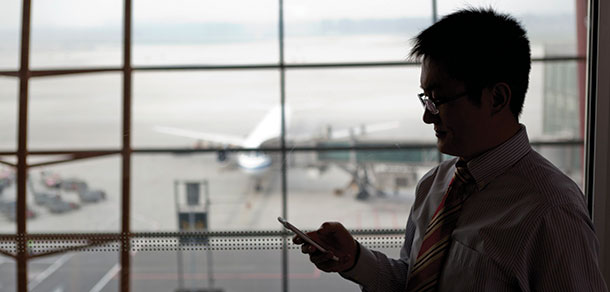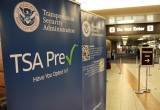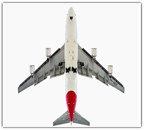Identity and automation customize travel experience
27 January, 2015
category: Biometrics, Contactless, Government, Library, NFC, Transit
![]()
Beacons hold promise
The passenger experience of the future will certainly revolve around smart phones, and airports are starting to explore the potential of Bluetooth-enabled beacons.
Beacons transmit signals to smart phones and can trigger the delivery of notifications to a passenger’s mobile device. Beacons could send coupons as the passenger enters a shop or airport café; they could trigger mobile boarding passes to display as the passenger arrives at the gate; or they could locate a passenger who is late for a flight.
SITA is working with a major airline to trial the use of beacons in an airport environment, integrating Apple’s iBeacon technology with Passbook to display a personalized welcome message on passengers’ handset as they access different areas that require a boarding pass.
Questions remain as to who will be responsible for deploying the beacons – the airport, the airlines, the ground handler or the retail operators.
Technology outpaces standards
A big push will need to come on the standards front before many of these technologies can gain mainstream acceptance at airports. For there to be widespread use of NFC or biometrics for boarding, there needs to be a universal standard, Peters says.
“Right now there isn’t a standard that says, ‘Here’s how NFC needs to work for a boarding pass,’” he explains.
SITA has proposed a standard for NFC and has a committee of the International Air Transport Association working on it. “We hope to have something agreed on soon, but that’s just the first thing that will be needed to get NFC to work for boarding,” Peters says.
Protocol could also come into play for airports working to integrate these technologies. Slevin believes that the gathering of information at airports isn’t what’s difficult; it’s the sharing of that data. There is sensitivity surrounding the sharing of data between different departments within an airport, including the airline, border patrol, handling agents and state and national police.
“The sharing systems between those parties do not exist,” Slevin says.
Although the individual airlines know their passengers, the airports do not know which passengers will turn up on a day-by-day basis to travel. If the parties cooperate to share this type of data, it could lead to a more secure and robust passenger experience.
“Technology isn’t as difficult as people make it out to be. Much harder is the will to actually share that information,” Slevin says.
Still, he says advances in ticketless travel and an end-to-end biometric airport experience are within reach. “In a 10-year time frame, we fully expect it to be in place,” he says.




